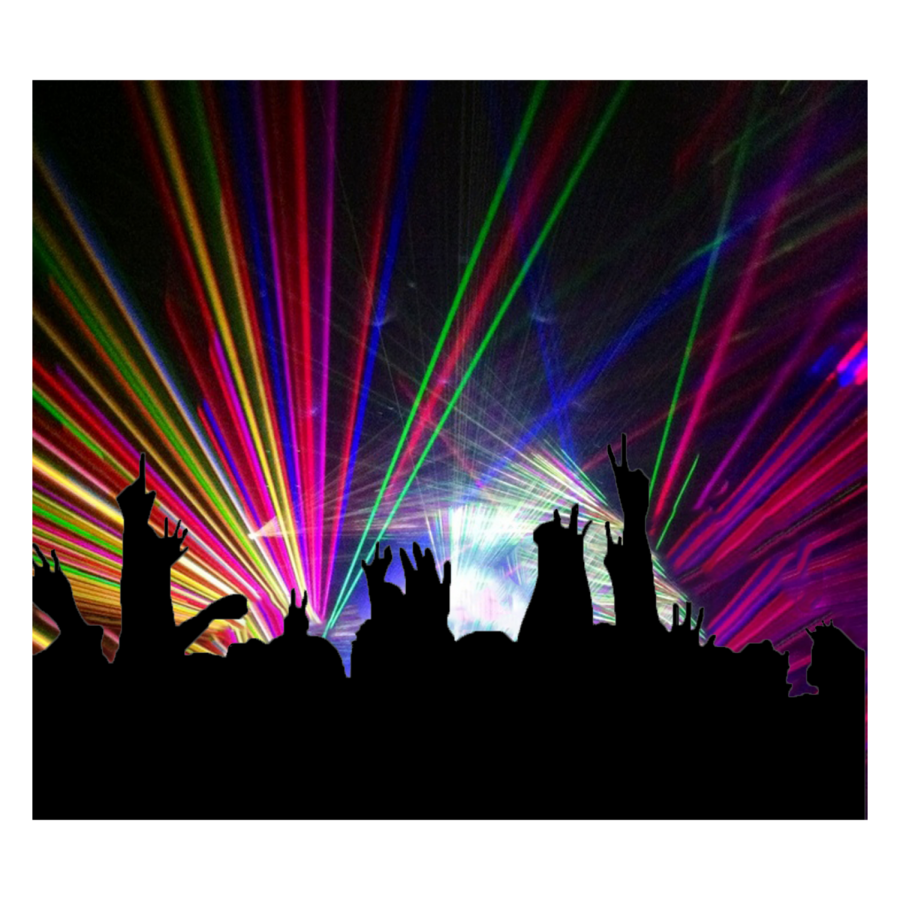In Plain Sight: The Dark Side of Music Festivals
Hands wave, smoke wafts through the air and the vibration of adjacent stages shakes the ground. Bodies press up against each other, jostling for position. Anticipation hangs in the air, feeding a restless, unpredictable crowd.
This is the ambiance of music festivals, hovering in between collective exhaustion and unabridged chaos. The tragedy at the Astroworld festival this past month led me to reflect on my own experience at music festivals and how quickly they can spiral. Hearing concertgoers’ accounts of unbreathable air and the crushing weight of people at Astroworld was eerily familiar.
In my hometown of Chicago, I have attended the Lollapalooza music festival for the past couple of years. Exorbitant ticket prices paired with limited sanitation and seating, and long water and food lines—all without designated seating at artist sets—has made the festival less appealing. “Rage” culture pushes crowds to unruly, even violent behavior. More than once I have been lifted off my feet as a crowd surged forward, desperate to get as close as they can to the performing artist. Mosh pits invoke an almost unconscious rage as people throw themselves and others about. Bottles and shoes are hurled into the sky crashing over the heads of other unsuspecting concertgoers. Through the mayhem, the crowds become disconnected from the actual performance; there is the artist playing and then there are the concertgoers, split between those fighting to enjoy the show and those more concerned with a wild display of teenage rebellion. It is fair to say this is not a characterization of every crowd at a performance. Often, the artists with more mellow, crooning music encourages a soft, swaying crowd; however, mainstream rappers and singers attract disruptive groups that often leave fans frustrated, and forced to pay higher attention to their safety than the artist they camped out to see. Several arguments can be made to strategize increased crowd control measures and safety such as selling less tickets, dividing stages into sections to reduce the effects of crowd surge and having more medical staff on standby. However, there is another aspect of music festivals that lurks under it all.
“Where are you?” I shout through the phone. My friend implores a stranger to hoist her into the air. “Tell her to look for my hand—does she see it waving?”
Almost at the front of the stage, my friend and I urge our third companion through the impossibly dense sea of bodies. Suddenly the stage lights flicker on and the crowd descends into chaos. My friend and I are lifted off the ground, thrown around in the mix of limbs, desperately gripping each other’s fingers as we try to remain upright. We begin pushing back against men twice our size, fighting the disarray. On the outskirts of the crowd, we find our friend.
“Some guys unclipped my top when I was trying to find you guys,” she says. “No one would help me.”
“Do you remember what they looked like?” I ask. It was a question tainted with doubt. We all knew we wouldn’t see them again.
Hours later on the train ride home, a girl tells me she had been assaulted in a mosh pit. Another night at the festival and my friend and I dodge groping hands as we hurry through the train station gate. On the platform, we ignore the jeers. A few minutes later we run through the cars, away from the same men. All this to get to a festival where the same will happen. Possibly worse. There is always the threat of something worse.
Going to see my favorite artist, I forget a music festival is not an alternate reality. Harassment follows women through the crowds, shrouded in obscurity as bodies brush against one another. Attackers almost always get away with it. As far as I know, there is nowhere to report assault at festivals. Promoters prepare for drug overdoses, dehydration and possible stampedes, but nowhere do they address assault. Instead, women just go home. Prevention and response become our responsibility. In a place where teenagers go to have fun with their friends, they are protected from many things—but assault is not one of them. As promoters move to increase safety at concerts and festivals, will they consider assault? With a large portion of festival-goers being women, the consideration matters.
Your donation will support the student journalists of Saint Louis University.





